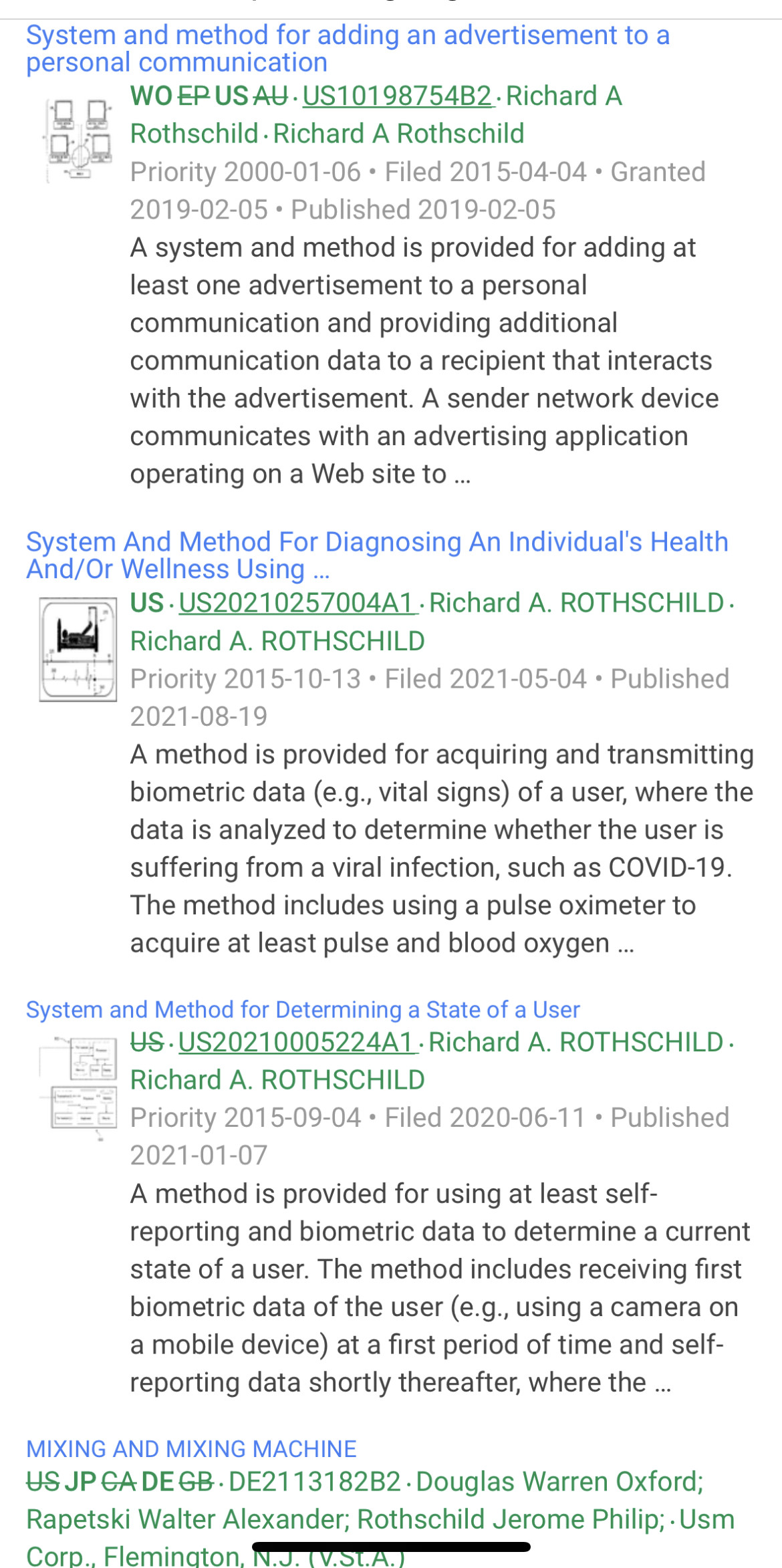The system of claim 1, wherein at least said first content comprises varying visuals provided to said user via a display on said mobile device.
3. The system of claim 2, wherein said at least one sensor comprises at least one camera on said mobile device.
4. The system of claim 3, wherein said at least one camera on said mobile device is used to capture changes in said user's pupil from a dilated state in response to changes from a first visual to a second visual provided by said display on said mobile device.
5. The system of claim 1, wherein said emotional state comprises at least one of happiness, sadness, surprise, anger, disgust, fear, euphoria, attraction, love, arousal, calmness, amusement, excitement, tiredness, hunger, thirst, well-being, sick, failure, triumph, interest, enthusiasm, animation, reinvigoration, and satisfaction.
As the 2010s have been dubbed “the decade of the smartphone”, it’s no surprise that extensive research has been conducted in this area. One finding which seems to be mentioned everywhere is “blue light”. This is the light which is emitted from our phones, tablets and laptops and, sadly, it has been found to have negative effects on our eye health. Studies suggest that it has “a potential to lead to macular degeneration”, bypassing the pupil and cornea to beam directly into the retina
At a Glance
Dysfunction and death of retinal cells, and consequent vision loss, can be inhibited by direct electrical stimulation of vulnerable cells in the visual pathway
We achieve this effect not by invasive, bulky implants that generate unnatural visual stimuli, but by intravitreal injection of a colloidal suspension of nanoparticle devices that support natural vision
These “quantum dots” diffuse into the retina where they transduce visible light energy into electricity, thereby triggering action potentials in adjacent neural cells and preserving function
Gain-of-function Mutation. MGI Glossary. Definition. A type of mutation in which the altered gene product possesses a new molecular function or a new pattern of gene expression.
In optogenetic systems, engineered photoreceptor proteins are used to transduce a light stimulus, ultimately resulting in enhanced or reduced gene expression [12], [13]. The photoreceptors are typically bound to a chromophore, a small molecule ligand that undergoes a chemical change upon light absorption.


